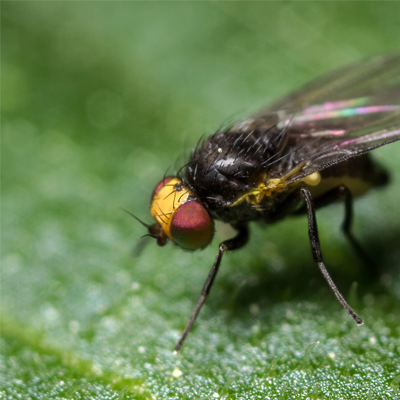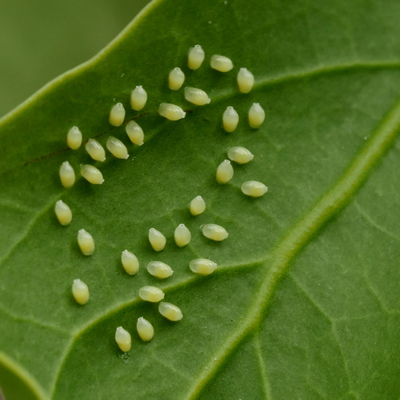Posted on March 6th, 2019
Spring is one of the best times of the year. Your trees, shrubs, and plants are waking up from winter dormancy, and they’re getting ready to burst to life! Unfortunately, they’re not the only things waking up from winter dormancy. Overwintering insects are waking up too, and if you’re not prepared, they can wreak havoc on your trees and shrubs as we head into spring.

The first step in protecting your trees and shrubs from these insects is knowing how to identify the ones most common to Massachusetts. Here’s how you can do just that, along with some telltale signs of an infestation:
Scale Insects
Identifying specific scale insects is a trying task, considering there are over 6,500 species, which vary in shape, size, and color. However, their size, which ranges between 1/8th and 1/16th of an inch, and the “waxy” substance they’re covered with can be used in identification. Also, there are “armored” scale insects, which can be identified by their protective shield, which covers their bodies.
Scale insects are nutrient sucking pests, so they are most commonly found attached to the inner parts of your trees and shrubs. If you find your leaves are yellowing or dropping early, you may have a scale insect infestation.
Leaf Miners
Leaf miners are easy to identify because of the damage they cause to the leaves on your trees and shrubs. It’s important to note that it is not the adult miners that do the damage. Instead, it is the larva that bore their way through the leaf, causing large, brown and yellow squiggly lines throughout the leaf.
The damage caused by leaf miners is unsightly. An infestation can ruin the appearance of your tree or shrub. And, if left untreated, they can ruin more than just the appearance, as serious damage can occur.
Aphids
Aphids are small in size, but great in number. They are nutrient sucking pests similar to scale insects, and they can also spread viruses, which can be deadly to your trees and shrubs. They are almost always green or yellow, their antennae are slightly shorter than their body, and they are covered with a “waxy” substance. The first sign of an aphid infestation are leaves curling up, turning brown, and eventually dying off.

Borers
One of the most dangerous insects to your trees and shrubs are wood-boring pests. They feed on the inner parts of the tree, causing structural weakness and eventual branch dieback. These insects are difficult to identify, but if you notice cracked, dying bark (there is usually a “sawdust” type material around the infested area), or the death of large branches, you may have an infestation of wood-boring insects.
At Turf Unlimited, we know the damage these insects can cause to your trees and shrubs. We also know the time and effort you’ve put into your landscape, which is why we want to help you protect it against these nasty pests.
Give us a call today at (888) 649-9919 to hear about our insect spraying service. Our professionals will apply a spray in the early, middle, and late portions of the season to protect your trees and shrubs from these insects and the damage they can cause. Get a head start on these pests and contact us today. We can help!